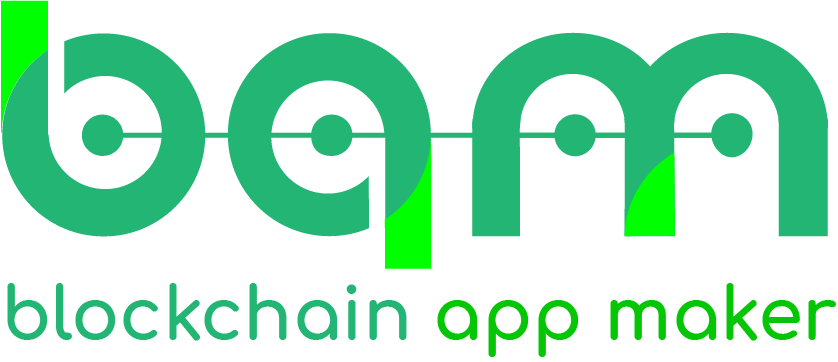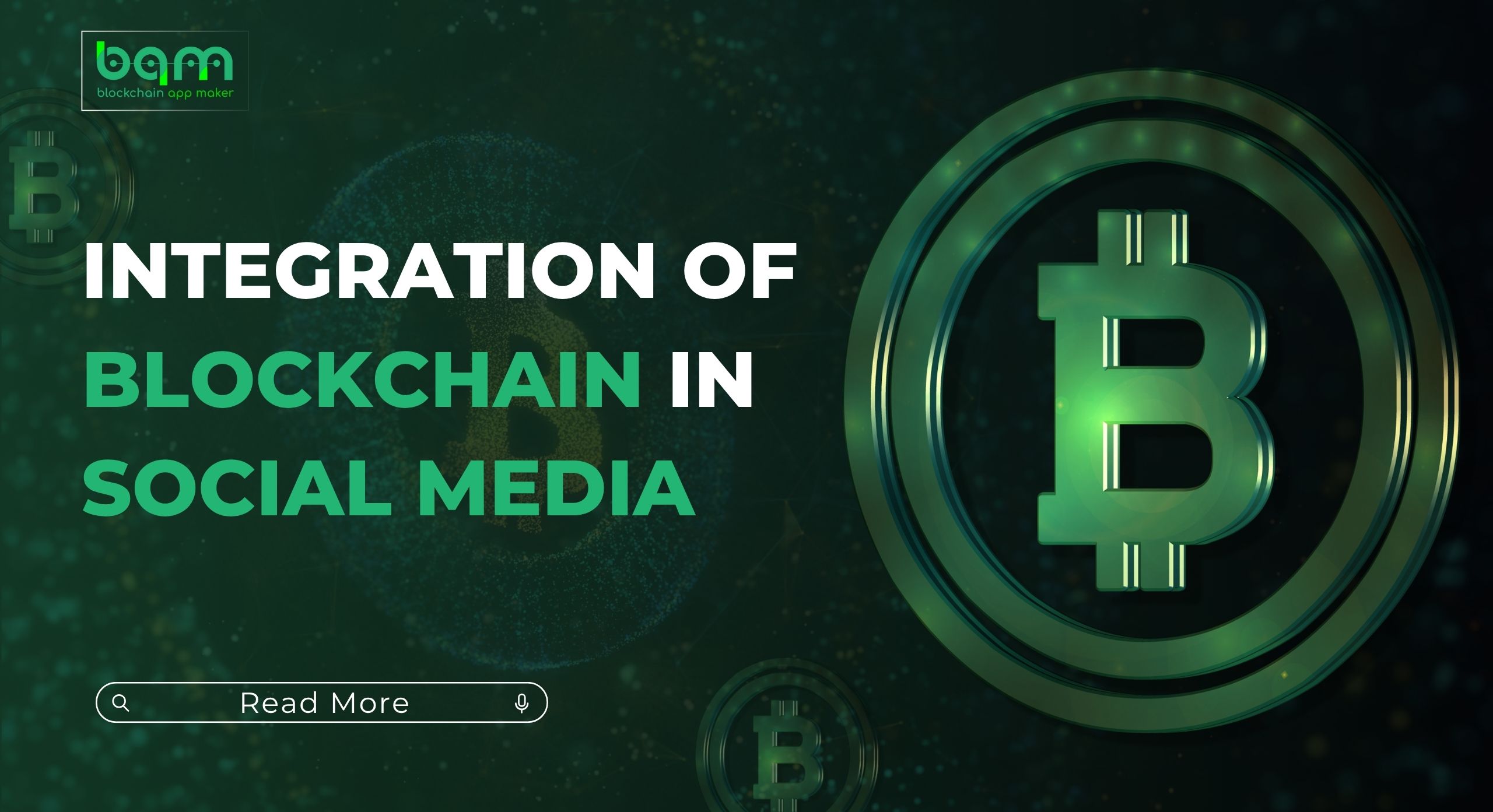Introduction
Social Media has fully changed the mode of communication of the world. It offers an extensive network to share ideas, generate business deals, and discuss new professional concepts. However, social media usage is accompanied by various drawbacks, including misleading information, ineffectual content control, digital piracy, data breach, identity theft, and false news. To address the limitations, several studies have introduced the application of Blockchain Technology in Social media. The power where decentralization, transparency, traceability, tamper-proofing, confidentiality, information control, supervision and security comes together in the application of Blockchain Technology in social media. Social media can advance further towards a user-centric world by leveraging Blockchain Technology for empowering more control to users by helping them and govern them about their data, content, and interaction. This is not only integration with technology but it is a power that gives a place to users in improving trust in the virtual world.
Overview of Steemit – A Blockchain-Based Social Media Platform
Steemit is the best example of Blockchain Integration in Social Media which was launched in 2016. A traditional social media platform was combined with decentralized Blockchain Technology to reward users for creating and engaging with content. Instead of the income from traditional platforms being given to the owner of the platform, Steemit pays users in cryptocurrency for their efforts.
Challenges in Traditional Social Media Addressed by Steemit
- Content Monetization
Traditional platforms such as Facebook and Twitter earn most of their revenue from advertisements, and the revenue rarely reaches the content creators. Steemit addresses this issue by rewarding users directly. - Data Privacy and Ownership
Steemit uses Blockchain to ensure that users are in control of their content. This means that risks of centralized data storage are removed. - Censorship Resistance
Posts on the Steem Blockchain are immutable, and the content cannot be censored or altered by any other third party.
Key Features of Steemit
-
Tokenized Economy
- Steemit compensated its users with Steem Tokens for producing and creating content.
The three major categories of tokens through which a user is rewarded include-
- Steem-liquid cryptocurrency-tradeable usable on other exchanges
- Steem Power-Influence that one holds in the particular platform
- Steem Dollars-Stable token pegged to the US dollar.
-
Decentralized Governance
- Users holding higher levels of Steem Power have powers to decide issues concerning content visibility, and the community rules.
-
Immutable Content
- All of the posts and interactions are kept on the Steem Blockchain, hence making them transparent and accountable.
-
Community-Driven Platform
- Steemit provides the means of creating communities of shared interests with no interference from central authorities.
Implementation Process
- Blockchain Setup
Steemit was built on top of the Steem Blockchain which was designed for social media purposes.
It has high throughput capabilities and zero transaction fee posts and interactions.
- Integration Reward System
Smart contracts work to automatically distribute rewards on such metrics as up votes, in addition to content interaction by users. - Community Incentive
Communities within the use of Steemit will get incentives to contribute and take an active role in the moderation of content, all done proportionally to contribution levels.
Results and Impact
- User Engagement
Steemit was able to pick up, with over 4.59 million users visits in October 2024 and communities based on a multitude of interests such as photography, blogging, and technology.
- Fair Content Monetization
The creators earned cryptocurrency rewards for their contribution in place of ad-based revenue models.
In 2023, Steemit payout 05 million Steem within a 90-day period that were allocated to authors and curators in Steem Tokens according to Blockchain reports. This amounts to approximately 20.2 million STEEM annually through reward pool distribution used on the platform.
- Decentralized Ownership
The ownership that was provided for users by Steem Power meant that users could take a hold on the appearance of content and the choice processes that occur within the network.
- Global Access
Developing countries users found a specific advantage of using Steemit as they can earn for work done, sometimes above local earnings.
Challenges
- Token Volatility
The value of Steem Tokens is volatile with the cryptocurrency market, and this affects the perceived value of the platform and user earnings. - Scalability
As the number of users increased, the platform could not keep up performance and scalability. - Takeover Controversy
In 2020, the Steem Blockchain got involved in a hostile takeover after being acquired by Tron, and this led to community split and establishment of forked Blockchain, - User Retention
Steemit failed to retain users, as recent platforms stole the show, and even mainstream use of Blockchain technology was quite limited.
Lessons Learnt by Steemit
- Reward Systems Work
Tokenized incentives encourage user engagement and participation, offering an alternative to ad-based platforms. - Community Matters
Decentralized platforms should focus on transparent governance so that users do not leave in case of disagreement or a change in ownership of the platform. - Blockchain Scalability is Key
Social media requires scalable Blockchain for large-scale interactions without sacrificing performance.
Conclusion
Steemit Blockchain integration shows the possibility of decentralized social media. It empowers users with ownership of content, transparent governance, and direct monetization. Token volatility and governance disputes were some of the challenges facing its growth, but it opened the way for Blockchain-based social media platforms by proving the feasibility of Web3 in the social media space.
Steemit remains one of the most relevant cases for Blockchain integration into social media in general, representing both transformative potential and challenges that platforms need to face in order to be mainstream successes.




